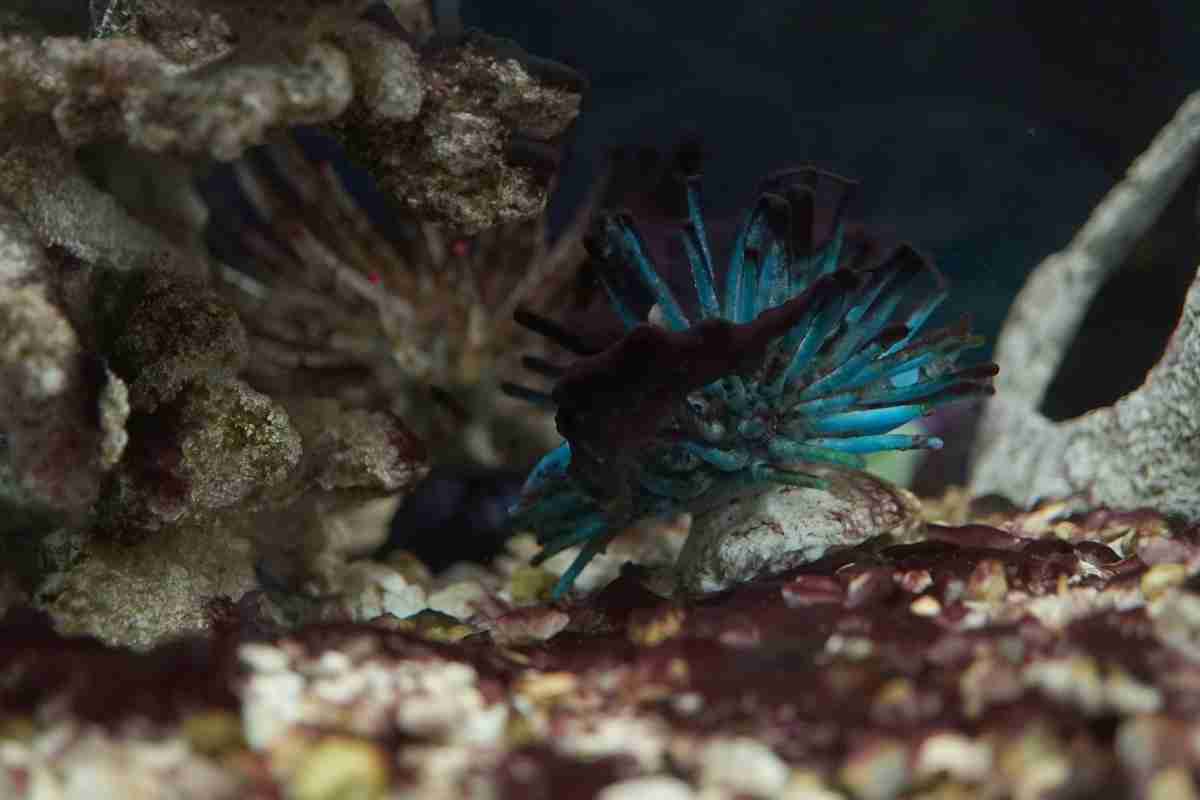
How To Get Rid Of Brown Algae In My Saltwater Tank?
Read more
Does Moss Need Water To Survive?
Read more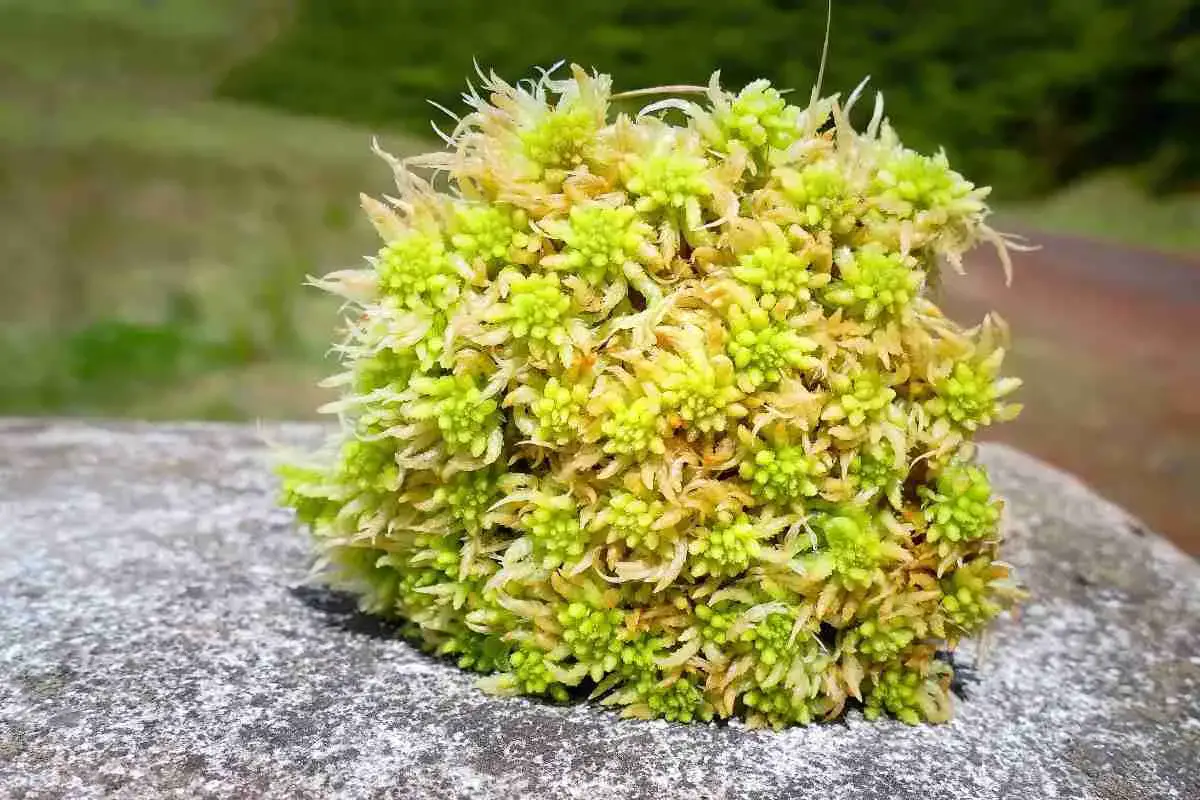
Does Sphagnum Moss Turn Green? Live Or Dried
Read more
5 Best Moss Killers for Block Paving
Read more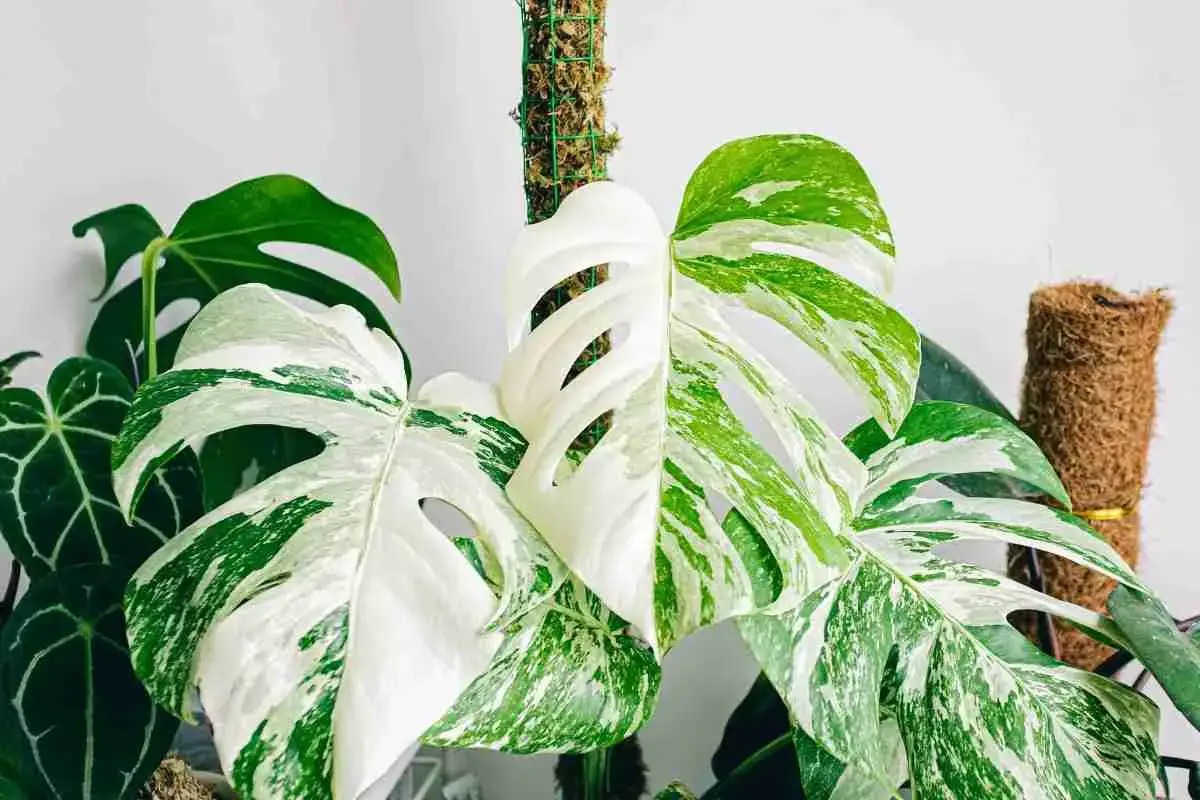
8 Unique And Creative Moss Pole Alternatives
Read more
Does Moss Need Sunlight?
Read more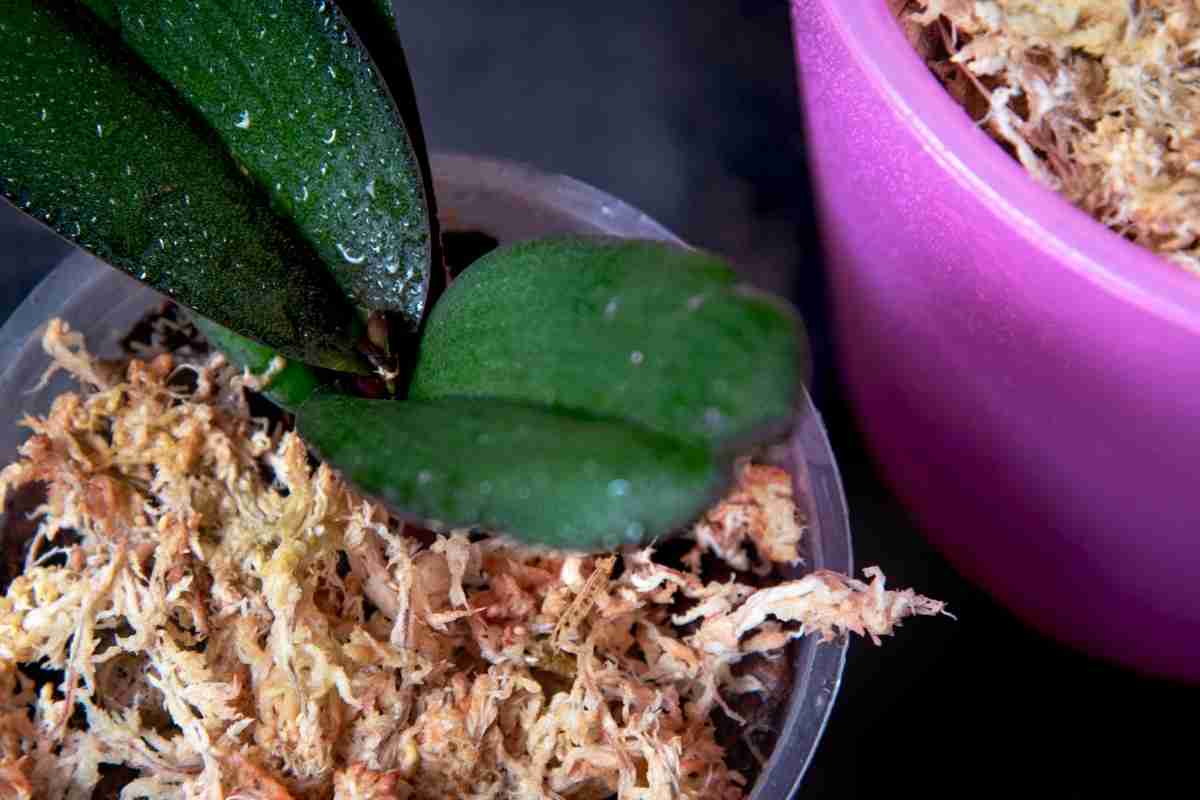
Can Dried Sphagnum Moss Come Back To Life?
Read more
Is Algae A Decomposer? The Surprising Truth!
Read more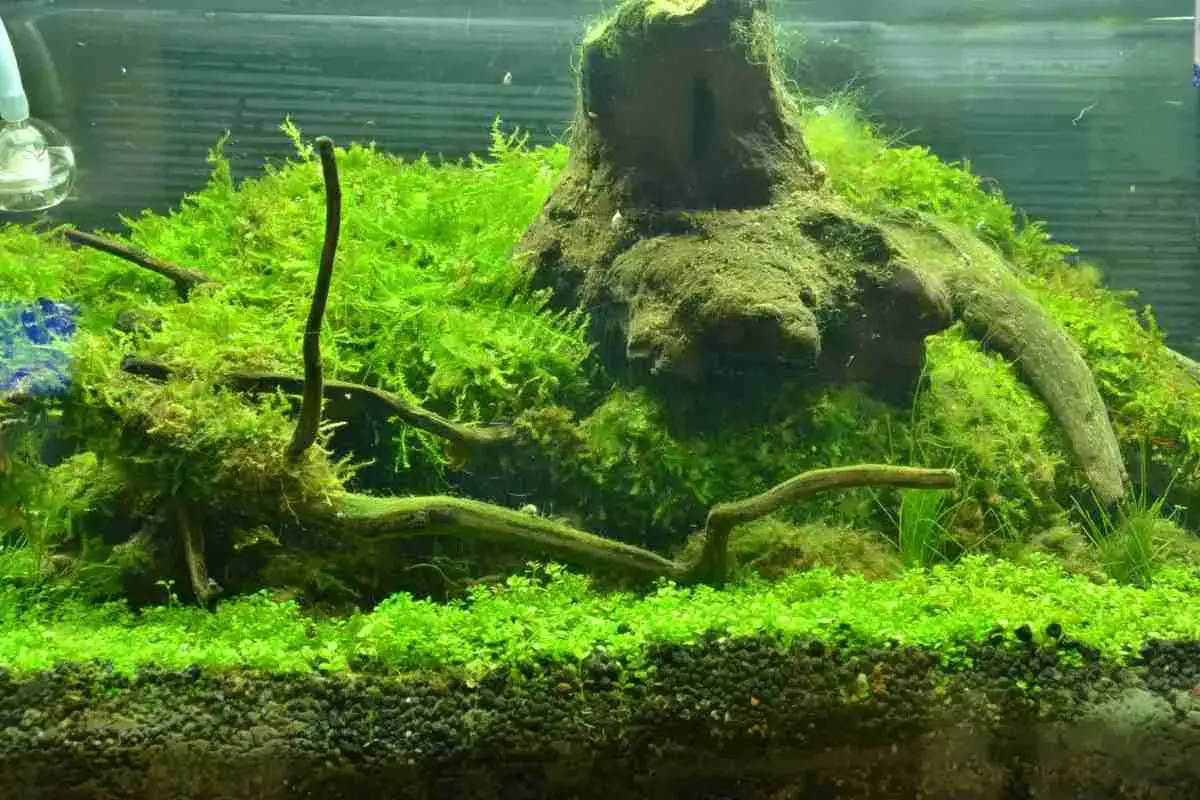
6 Simple Methods To Grow Java Moss Fast
Read more
7 Peat Moss Spreaders: Perfect To Use On Lawns
Read more
Do Moss Balls Have Worms? Is It Normal?
Read more